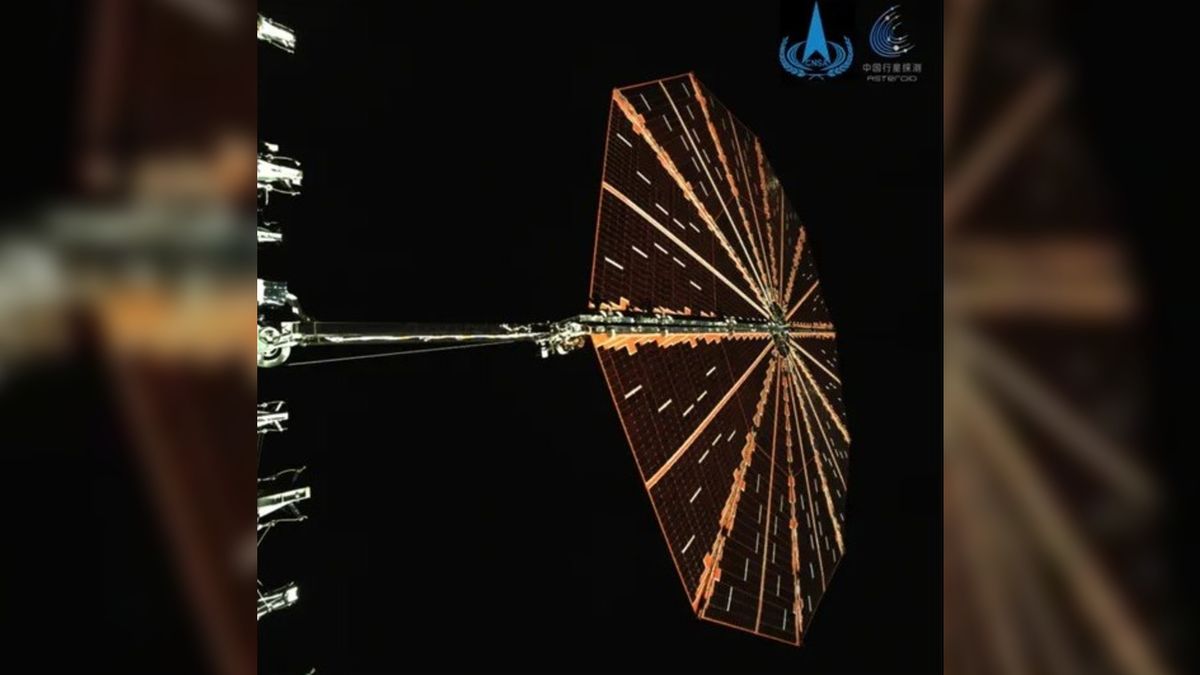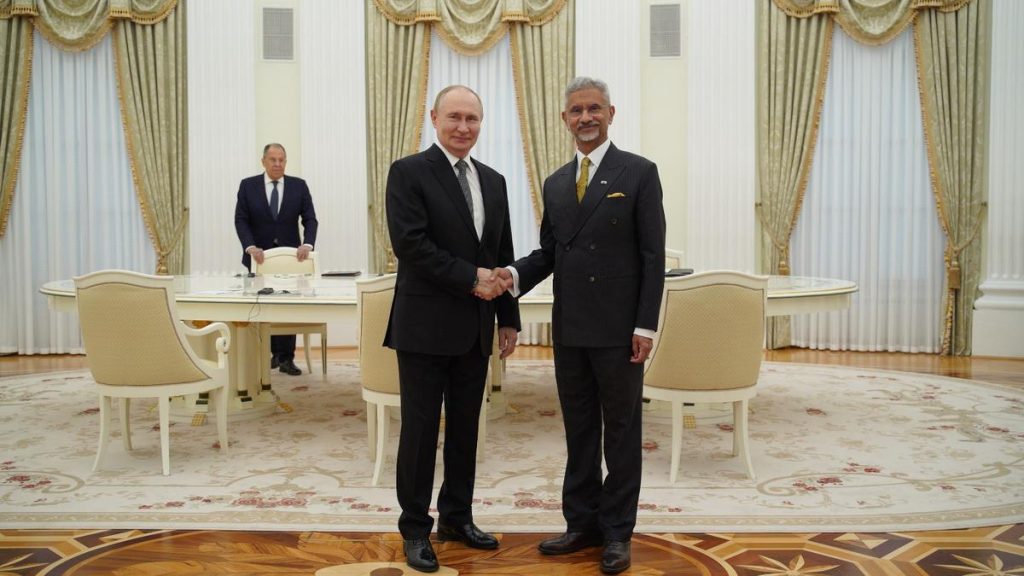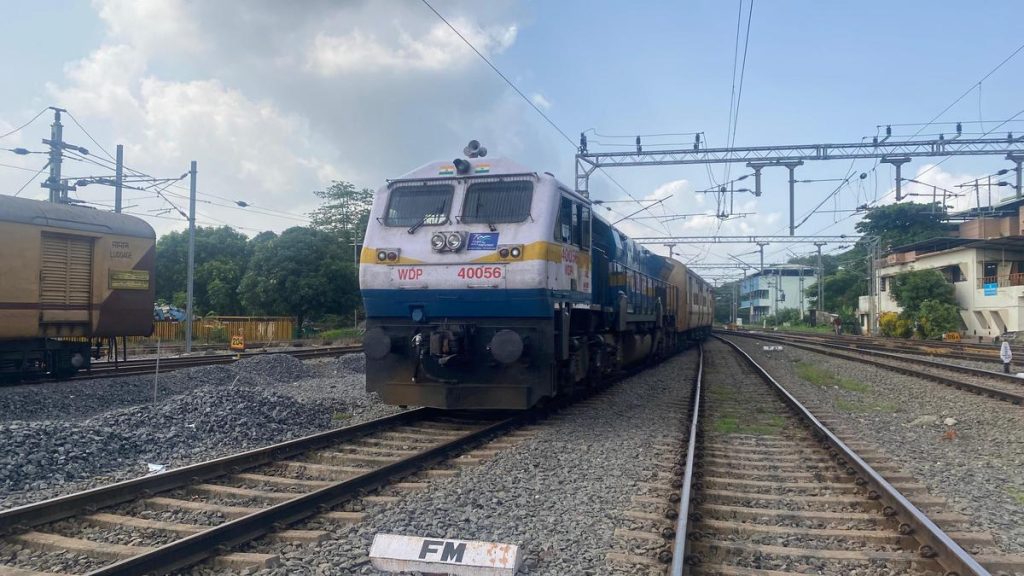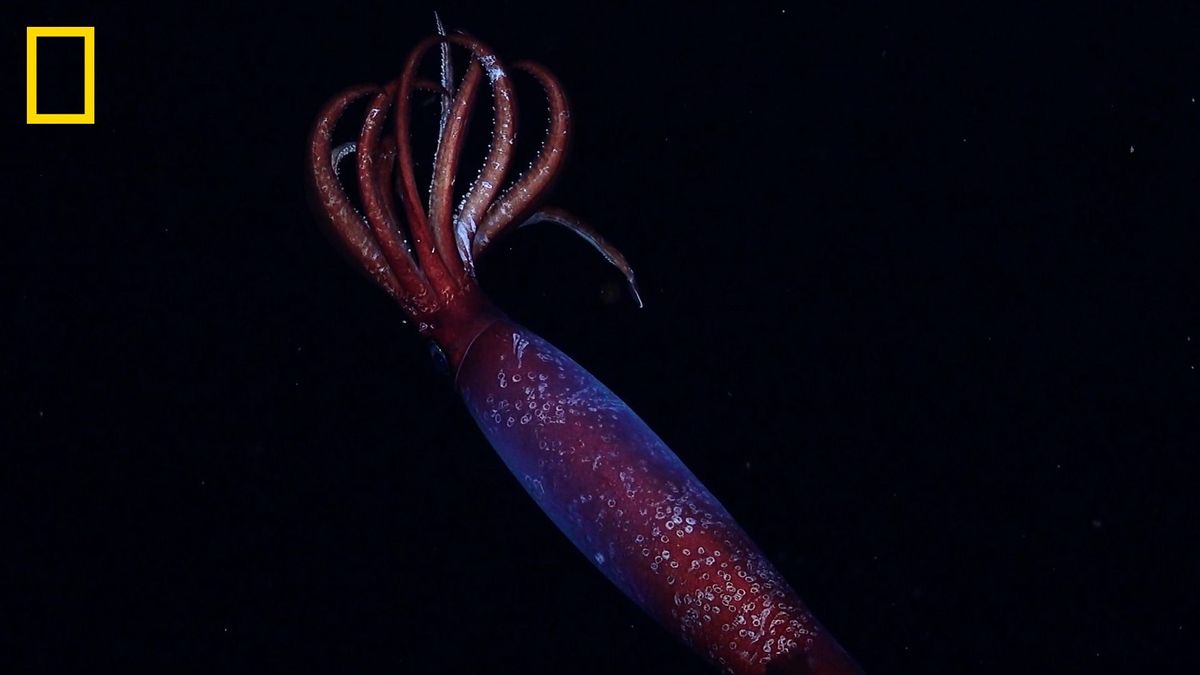Now Reading: China Unveils First Image of Secretly Launched ‘Quasi-Moon’ Probe
-
01
China Unveils First Image of Secretly Launched ‘Quasi-Moon’ Probe
China Unveils First Image of Secretly Launched ‘Quasi-Moon’ Probe

Quick Summary
- china’s Tianwen 2 spacecraft, launched on May 29, is headed to study Earth’s quasi-moon Kamo’oalewa.
- The probe aims to collect samples from Kamo’oalewa in July 2026 and return them to Earth by late 2027.
- The mission was conducted secretly; the launch was not livestreamed, and visuals of the spacecraft were only recently revealed.
- Tianwen 2 released its first image showcasing one of its decagonal solar panels while operating approximately 1.9 million miles from Earth.
- After retrieving samples, the spacecraft will engage in a secondary mission visiting a comet-asteroid hybrid named 311P/PanSTARRS by around 2035.
!Tianwen2 Solar Panel
The first-ever image of China’s Tianwen 2 spacecraft revealed a glimpse of one of its ten-sided solar panels.
(Image credit: CNSA)
!Tianwen2 Launch
Tianwen 2 was launched aboard a Long March rocket without livestream coverage.
(Image credit: VCG/VCG via getty Images)
!Quasi-moon Orbit Simulation
Kamo’oalewa follows an irregular orbit around earth that eventually drifts away.
(Image credit: NASA/JPL/HORIZONS system)
indian Opinion Analysis
China’s advancement in exploring quasi-moons like Kamo’oalewa demonstrates meaningful strides in deep space exploration. While India has made significant achievements with missions like Chandrayaan and Mangalyaan primarily focused within or near planetary systems, missions targeting such distant objects could position China as pioneering new frontiers. Quasi-moons represent untapped scientific potential for understanding asteroid composition and early solar system history.
India’s expanding space ambitions through ISRO could draw lessons from such international endeavors-not just by advancing technology but also diversifying exploratory scopes beyond planetary objectives. As space cooperation becomes central globally (e.g., Artemis Accords), India’s diplomatic engagement may increasingly need alignment amidst growing geopolitical undercurrents over strategic outer-space missions.
Read More: live Science Article Link























